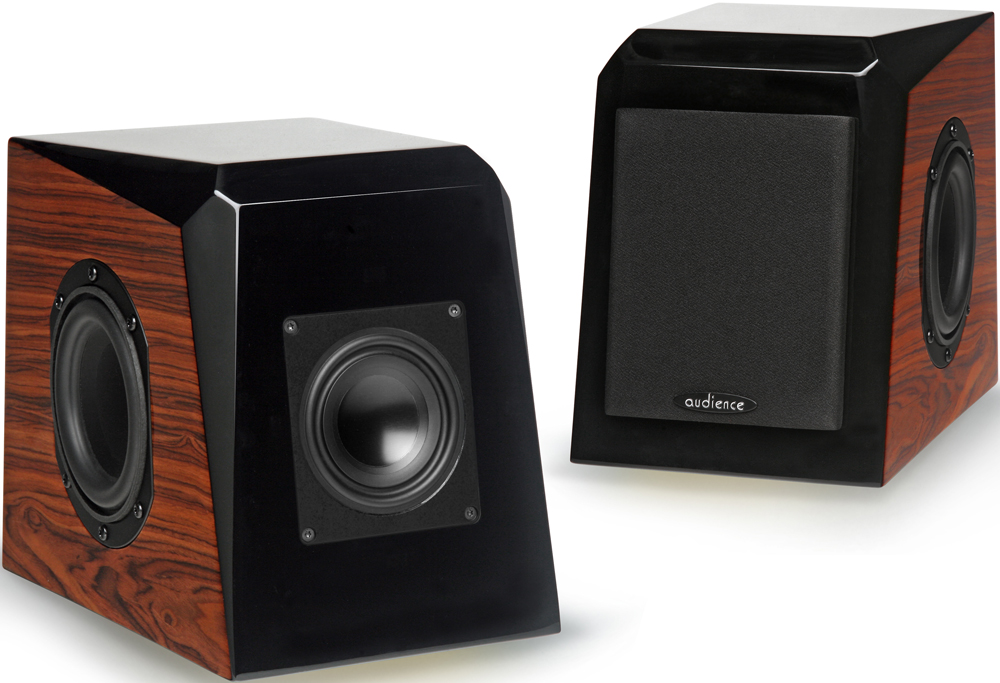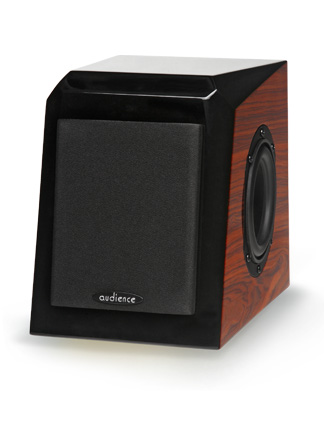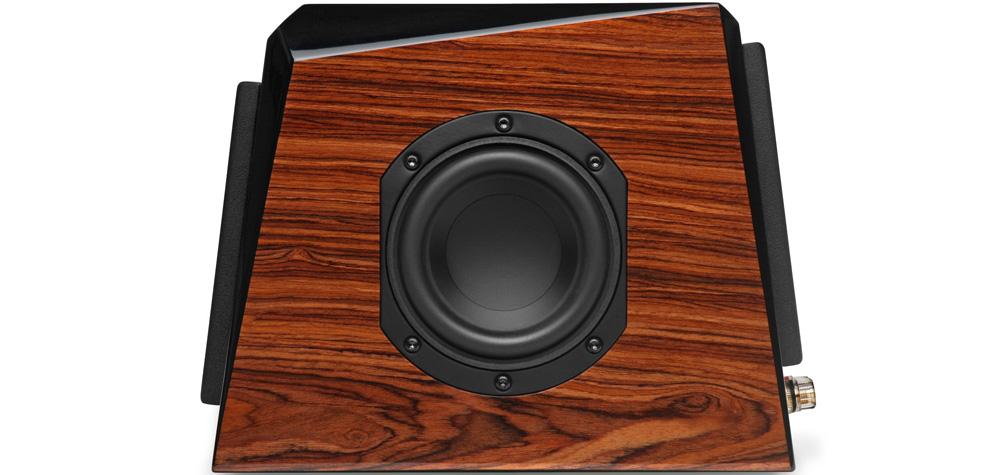We have been trying to finish up an addition to our house this spring. The addition creates office space and a new master bedroom suite that is connected to my listening room. Understandably, the construction meant more dust than I wanted to expose my Teresonic Ingeniums to, especially with Lowther drivers that have such heavy magnets. So I moved my Audience ClairAudient 1+1 V2+ from the upstairs digital/video system to my reference system. When I added the DS Audio Master1 phono cartridge to my reference system, I couldn’t believe how good the ClairAudient 1+1 V2+ sounded.

So I called John McDonald at Audience and told him I wanted to write an update to my original review of these sweet little speakers. Instead, he asked me to pack them up and ship them back to him so that they could update them to the very latest version. If you can’t tell from the name changes, John can’t leave these little miracles alone. I first reviewed the 1+1s, then the 1+1 V2s, then the 1+1 V2+s and now the 1+1 V2+ (generation 2). I have reviewed all of these over about a two year time period. I think the reason for the continual evolution is that John has a true passion for building the world’s best and truly high-end, truly little speaker.
You might also ask what’s the point of so much effort for such a tiny speaker. The mid-fifties were a time of valve amplifiers with very little power and of extremely efficient speakers that could play really loud. It was during this time period that Peter Walker of QUAD introduced what we now call the QUAD 57 Electrostatic Loudspeaker. Back then, they called it “Walker’s Little Wonder.” It is considered to be one of the top ten speakers of all time. Sixty years later they are respected and have a following, but they are still far from mainstream. I can imagine that in 1957 most hi-fi enthusiast was intrigued by the QUAD ESLs but wanted to know what to do with a speaker that wasn’t very efficient and wouldn’t play very loud.
The Audience ClairAudient 1+1 in any of its variations is very similar to the sound of the QUAD 57s. In its latest incarnation, it is even closer to that 57s sound that many love so much. It truly sounds like someone has thrown open a window from your listening room to the recorded performance. Its bottom-end is now about the same as the Quad but tighter. The top-end is much more extended than the 57s.

The Audience ClairAudient 1+1 V2+ Design
Truth is, I know of no other speakers that are designed like these Audience speakers. It is a truncated, beveled trapezoidal shape, weighing well under eight pounds apiece, and are just 8 inches high, 9.75 inches deep, and a scant 6 inches wide. The first time I saw them I was surprised by how beautiful they were; the overall build quality is as good as any speaker at any price. The side panels have a rich, high-gloss woodgrain finish that looks as good as any speaker finish I have ever seen. The front and rear panel, as well as the top of the little gem-like looking speaker, are a very deep black gloss finish. The 1+1’s enclosure isn’t a rectangular box; it has non-parallel front and rear baffles as well as angled sides for diffraction. The 1+1 rear panel has a single pair of five-way “Tellurium” binding posts. The front and back panels have magnetic mounting grills to cover the driver, but there are no grills for the side-firing passive speakers. Since you can’t tell they need a grill when they aren’t on, I prefer the look of the speakers without the grills.
Like “The ONE,” the 1+1 is built around their own full-range 3-inch transducer developed by Audience and refined over the past 15 years. The stiff and lightweight cone is made from a titanium alloy and driven by its own design for the motor structure. They use neodymium magnets with oversized voice coils. This combined with the light weight of the cone assures response times that Audience says will rival electrostatic panels. Of course, there is also the advantage that they have no crossovers.
As you would expect from its name, the Audience ClairAudient 1+1 in any of its incarnations uses two A3S drivers. One faces forward while the other one is mounted on the back of the enclosure and fires to the rear. The two A3S drivers are in phase with each other, resulting in a bi-pole arrangement. This should result in several advantages over using a single-driver. The two drivers increase the 1+1’s power-handling capabilities as well as its sensitivity. The two-driver configuration also provides more bass. To further augment the bass, they also have a pair of passive drivers mounted on each side of the enclosure. All the drivers are still operating full range so even though it’s not a single driver speaker, but in fact a four-driver speaker, it still has no crossover. The internal wiring is Audience’s top of the line Au24SX wire. The wire and posts are cryogenically treated in Audience’s own cryo tank.

Listening to the Latest Version
Five days after shipping the speakers off to be modified, the new and improved version was back and I put them back in the same system. The improvement in the sound of the latest version was immediately apparent. It was more solid and had a more realistic weight and scale in the mid and upper bass. The most difficult thing to believe about the speaker now was just how much sound was coming from these little, dare I say these tiny, speakers. The sound is so big, and these speakers are so tiny.
I placed these speakers on sand-filled stands about five feet from the rear wall and about three feet from the side walls. The speakers were the only change in my normal reference system. The soundstage was wall to wall and very deep. Placed like this all of the sound seems to come from behind and beyond the speakers. Instruments and vocals were fully fleshed out and occupied a very believable space with lots of air around them.
The transparency and resolution were remarkable, and I could hear the very finest nuances in the sound of instruments, and they beautifully portrayed the tonality of the music. They had a completely natural and organic sound, which is something I have often found lacking in the best small speakers.
Yes, the bass response is limited by their size. Still, the sound from the lower mids through the mid and upper bass is very satisfying. The top-end was very extended with a silkiness and transparency that produces shear beauty. There aren’t many speakers at any price that are this transparent and immediate in the midrange.
In conclusion, if you value purity of sound with a big open window on the performance, you need to hear these speakers. Highly recommended!
Technical Specifications:
Price: $2345
Impedance: 8 ohms
Efficiency: 87dB/1W/1m
Maximum RMS continuous output per pair: 104dB
Maximum RM continuous power per speaker: 50 watts
Dimensions: 6″ x 8″ x 9.75″
